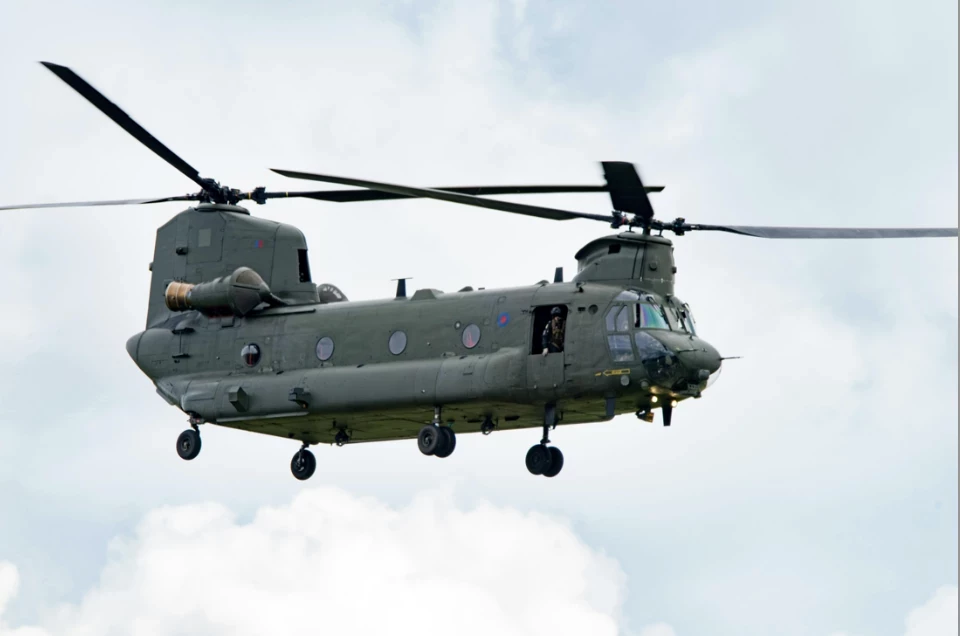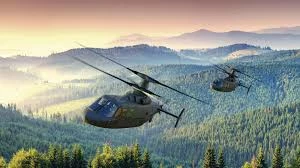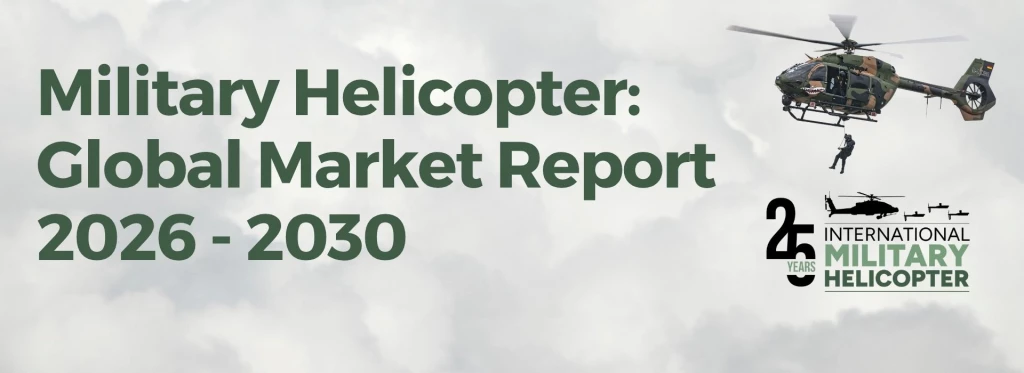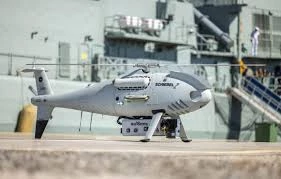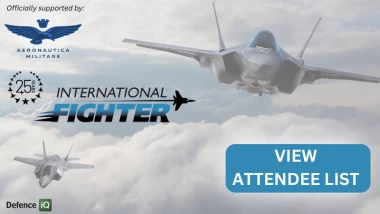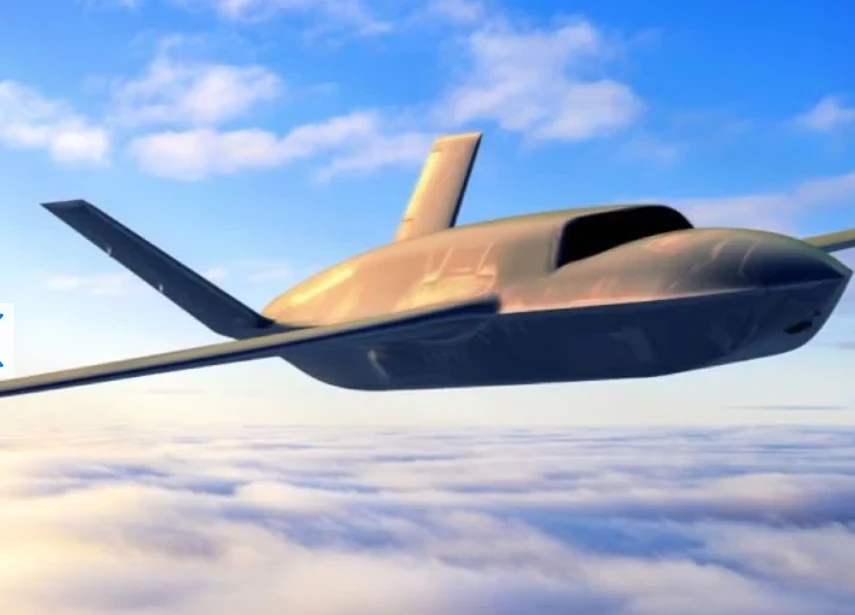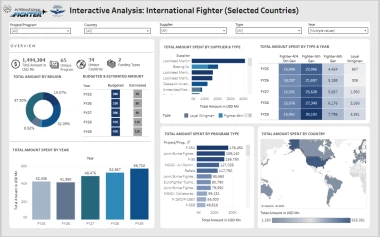Troops in Afghanistan are being watched over by upgraded eyes in the sky, the MOD announced today.
Upgraded Desert Hawks - a hand-launched, remote controlled surveillance aircraft – arrived in Afghanistan this weekend. The Desert Hawk records video day and night, sending it directly to troops on the ground. The latest version has been bought as part of £3 million Urgent Operational Requirement to provide a further boost to the surveillance capability on the frontline.
The Desert Hawk’s cameras have been upgraded, giving a huge improvement to image clarity and stability. It also has a new wing design, which improves its performance in the hot and high conditions of Afghanistan. The aircraft is just 91 cm long, with a wingspan of 137 cm, but it can fly for 90 minutes with a range of 9 miles.
Desert Hawk is operated in Afghanistan by 47 Regiment, Royal Artillery. It is light and easily transportable by patrols, weighing about the same as three bags of sugar (3.7 kg). It can be dispatched in ten minutes and is virtually undetectable once it is in the air.
Minister for Defence Equipment Support and Technology, Peter Luff, said: "Continuing to support this capability demonstrates our commitment to ensuring that troops on the frontline get the cutting edge equipment to help them in the fight against the insurgents. The improved Desert Hawk is a remarkable piece of kit. It provides a detailed picture of what is happening on the ground for our troops, giving them an operational advantage and keeping them safer."
Staff Sergeant Dan Gardner from
47 Regiment Royal Artillery, who recently used Desert Hawk on operations in Afghanistan, said: "Desert Hawk provides an eye in the sky that has become indispensable to troops on the ground in Afghanistan. The fact that it is hand-launched and light weight means we get a very quick and thorough appraisal of the tactical situations faced on operations. It is used in a variety of roles, including reconnaissance and surveillance of troops and patrols and it provides valuable
situational awareness to commanders of troops in contact with the enemy."
Duncan Robbins, programme manager for mini-Unmanned Air Vehicle systems, at the MOD’s Defence Equipment & Support organisation, said: "Recent technology advances have resulted in frontline troops getting crystal clear imagery from the cameras now being introduced. General improvements in Desert Hawk 3 introduced by Lockheed Martin, allow it to operate more effectively in difficult conditions and provide our soldiers with greater situational awareness in a timely manner. These air vehicles are essential in delivering highly flexible and responsive Intelligence, Surveillance, Target Acquisition and Reconnaissance (ISTAR) to soldiers on the frontline."
Desert Hawk is one part of the range of ISTAR assets that are operated by the Royal Navy, Royal Air Force and Army to support our forces in Afghanistan. The ISTAR aircraft systems supporting troops in Afghanistan range from:
-
Sentinel aircraft and radar system which provides wide area detailed surveillance of ground movements.
-
Reconnaissance Airborne Pod for Tornado GR4, RAPTOR, which can read the time on Big Ben from the Isle of Wight
-
Reaper, Desert Hawk and Hermes 450 remotely piloted aircraft, which provide tactical levels of surveillance direct to troops on the ground.
The RAF’s Combat ISTAR assets like Reaper remotely piloted aircraft and Tornado GR4 can provide detailed surveillance for ground forces but can also deliver an armed response should it be required.









